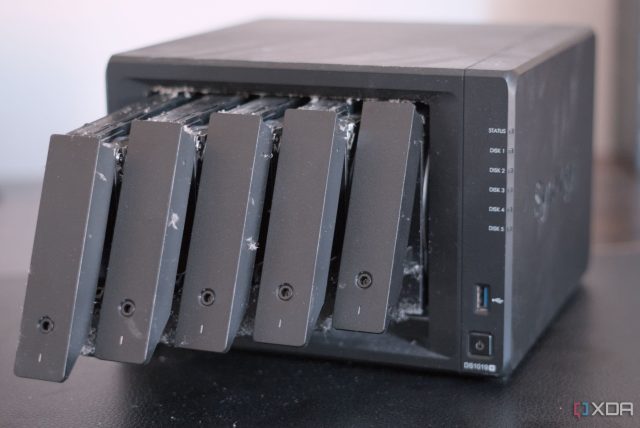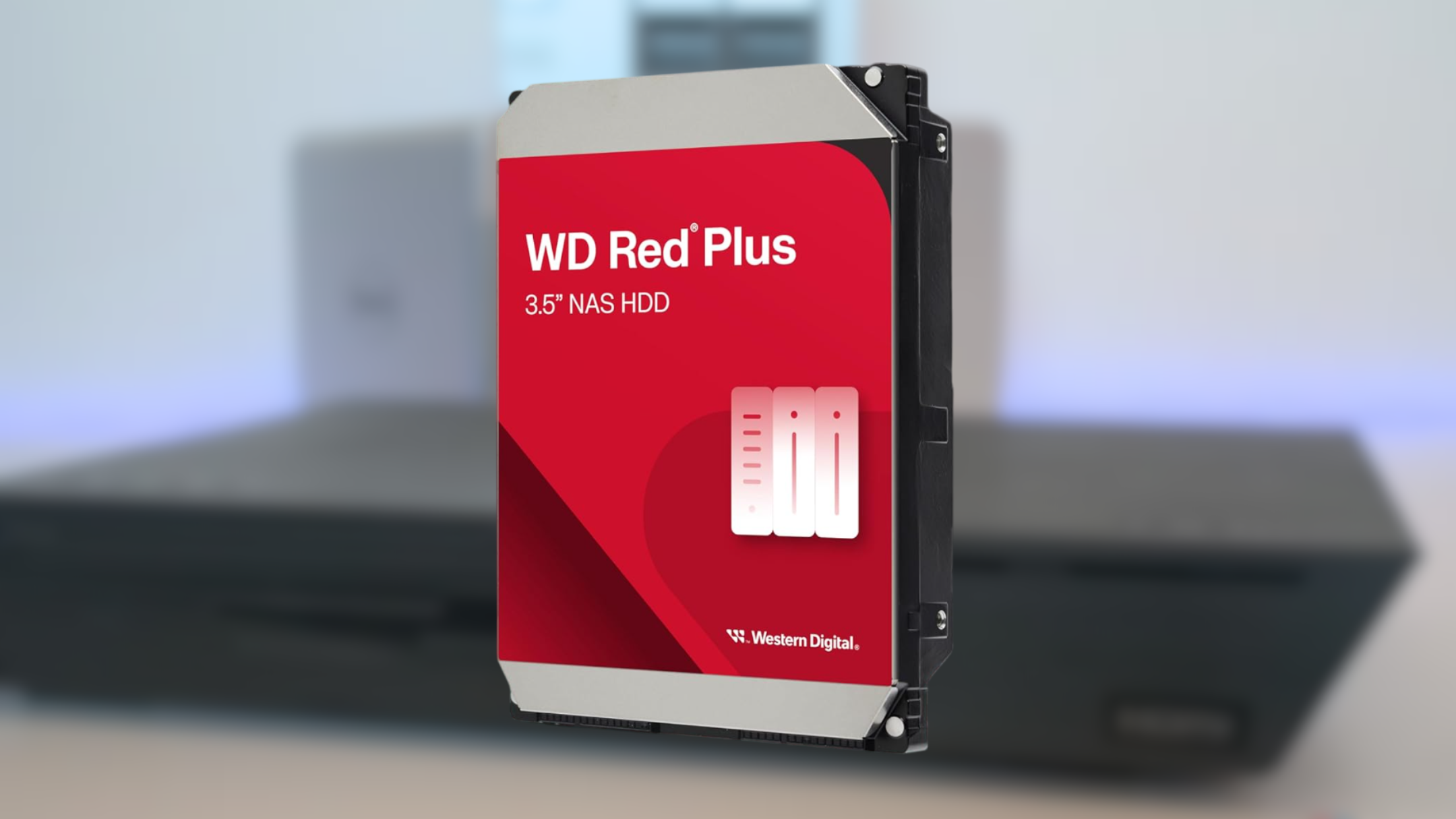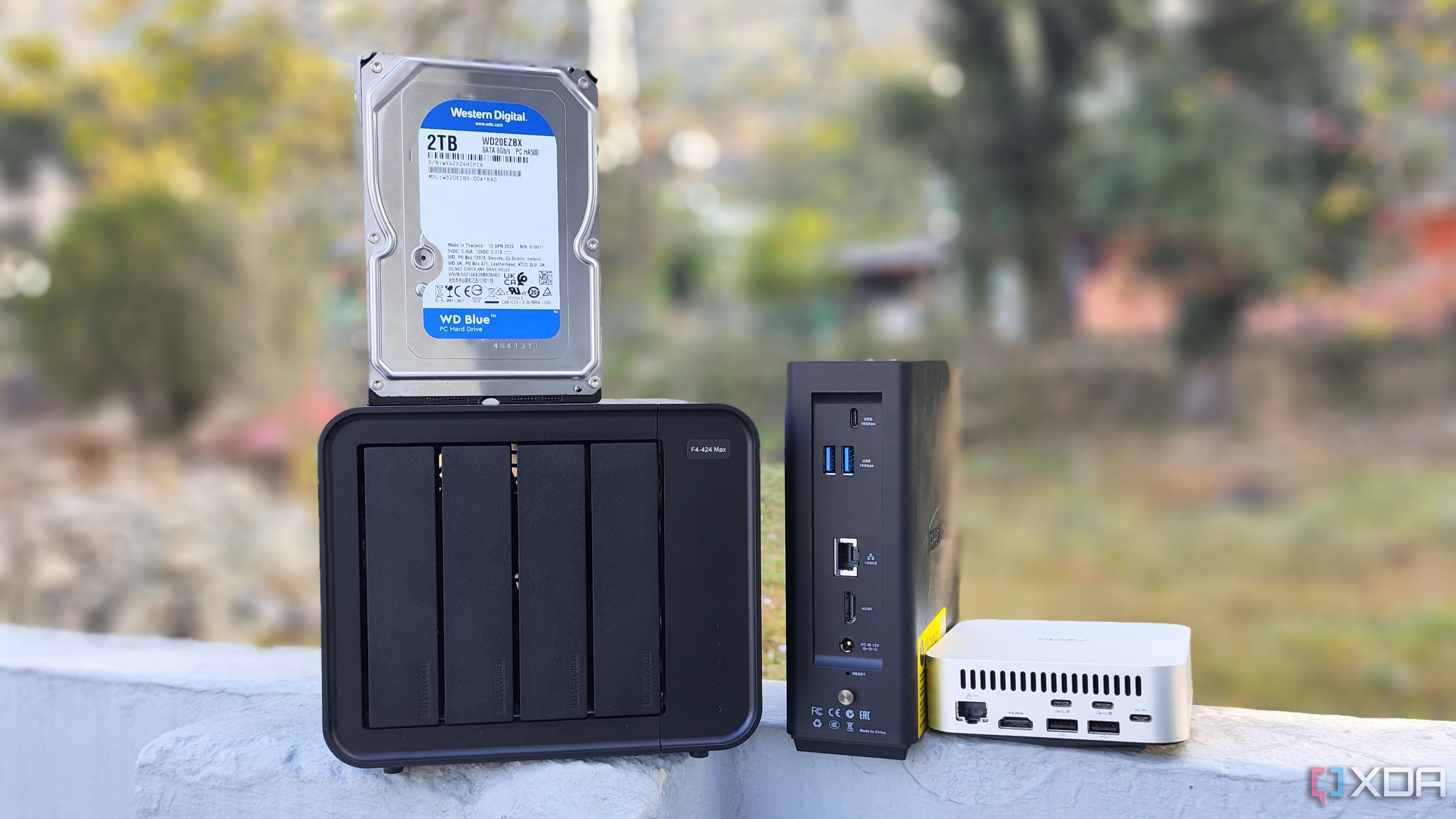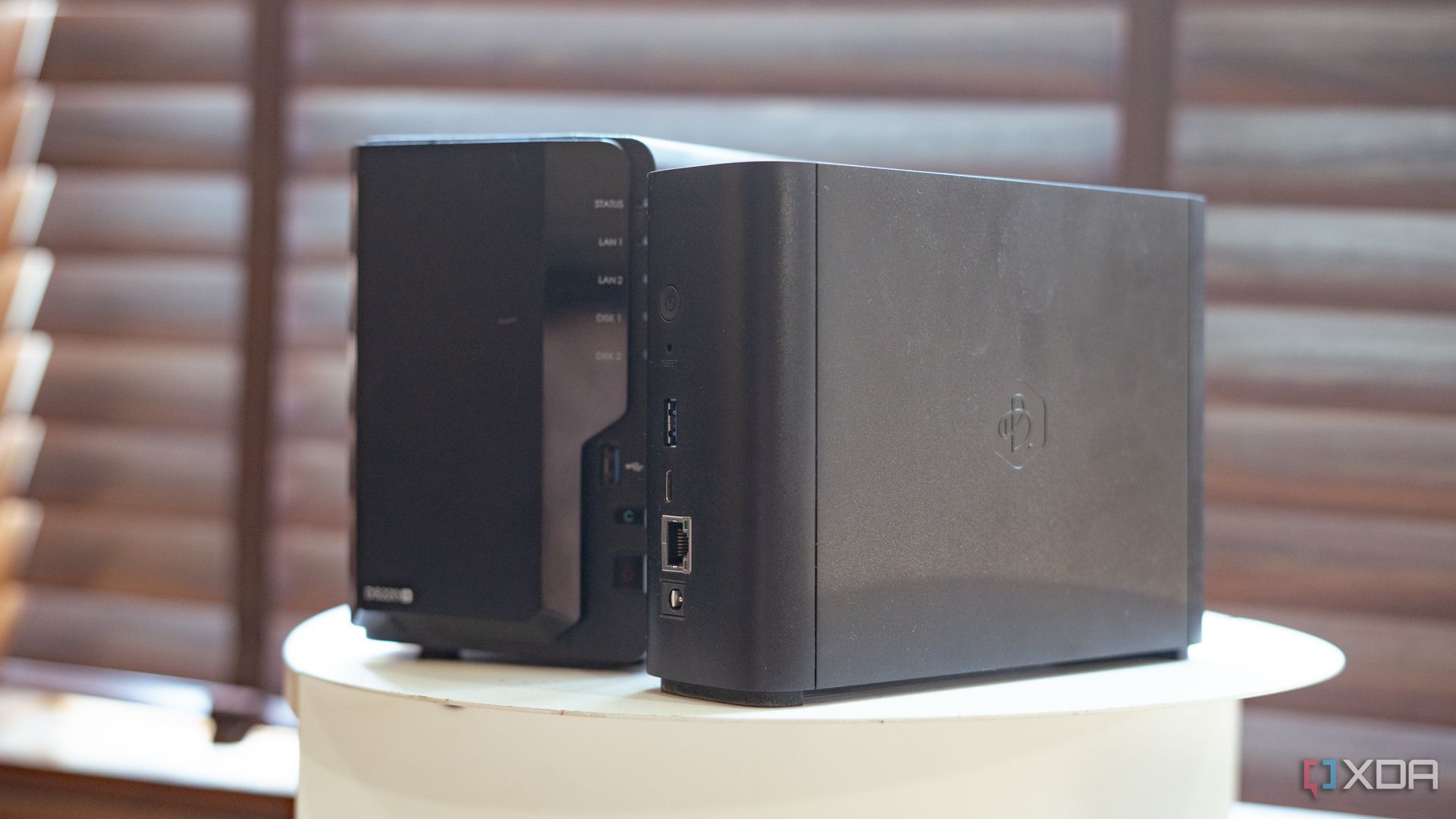Synology has long been one of the most trusted names in network-attached storage solutions. Whether you’re a power user, a small business, or someone who just wants a rock-solid backup solution, Synology’s combination of reliable hardware and polished software has made it a go-to brand. But recently, the company announced a controversial change that’s raised more eyebrows than praises for its upcoming hardware. Starting with its 2025 Plus Series NAS models, Synology will only offer full support for drives that are either Synology-branded or explicitly certified by the company. While this might sound like a simple quality control move, it comes with a slew of consequences, and most of them aren’t good for users.
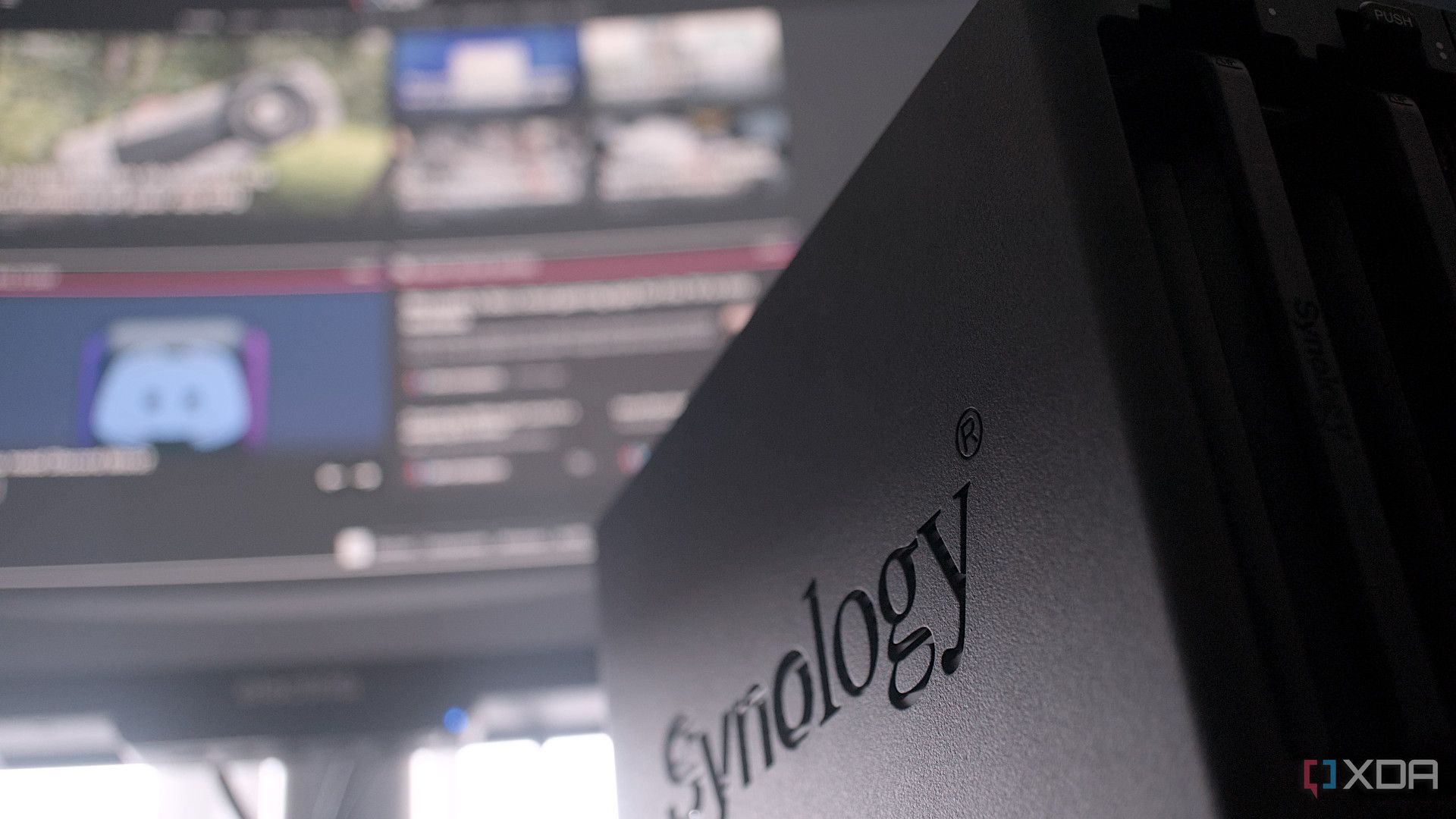
I’ve tried many NAS brands, but I keep coming back to Synology — here’s why
There’s no place like a Synology home…
4
Less choice, more cost
Synology’s branded drives come at a premium — and users are footing the bill
One of the most immediate effects of this policy is the reduction in choice. Synology’s compatibility list, already limited compared to broader NAS options like those from QNAP or supported by TrueNAS, will now shrink even further. Users who once had the freedom to mix and match from reliable brands like Seagate, Western Digital, or Toshiba will find themselves restricted to a curated list of certified drives, most of which are Synology’s own.
And that’s where the cost starts to pile up. Synology-branded drives, often rebranded enterprise-class HDDs from Toshiba or others, command a noticeable markup. For example, a 16TB Synology HAT5300 can cost significantly more than an equivalent Seagate Exos drive. Users are essentially paying extra for a sticker and losing the ability to source drives based on local availability, pricing, or sales.
3
Regional availability is a nightmare
Many countries won’t have easy access to certified drives, creating an unfair bottleneck
While Synology operates globally, its certified drive ecosystem does not. In many regions, Synology-branded drives are either completely unavailable or extremely hard to find. This creates a two-tier system: users in certain countries can build reliable NAS setups without compromise, while others are left dealing with inflated prices from gray market imports, or worse, stuck with unsupported configurations and a wall of warning messages in DSM.
This uneven availability isn’t just a minor inconvenience. It fundamentally limits the usability of a NAS product that otherwise would work just fine with widely available alternatives. The fact that a perfectly good drive might show up as “unsupported” just because Synology hasn’t certified it undermines the flexibility and global accessibility that made NAS systems appealing in the first place. So far, it was possible to ignore those warnings and continue using the NAS with little to no issues. With Synology’s new restrictions, that simply won’t be an option.
2
A blow to the DIY and repair-friendly community
Synology’s move undermines the culture of self-repair and user autonomy
One of the fundamental appeals of NAS systems, particularly for tech enthusiasts and DIY builders, has always been the ability to easily upgrade, swap out, or repair drives as needed. These users rely on their ability to select from a wide array of drives — often based on price, performance, or personal preference. By forcing users into a situation where only Synology-certified drives are supported, the company effectively eliminates the option for users to choose drives that fit their specific needs.
This move particularly affects the growing community of DIYers who have embraced NAS for home lab setups, data storage, or even as an affordable alternative to more commercial cloud services. When a critical component like a drive fails, these users expect the ability to replace it with an affordable, widely available, and compatible alternative. But with Synology’s new policy, users are now left with the expensive, and sometimes scarce, certified options. This shift not only disrupts the flexibility that many users have come to rely on but also goes against the grain of the growing right-to-repair movement, which advocates for the freedom to fix and upgrade devices independently without being locked into proprietary solutions.
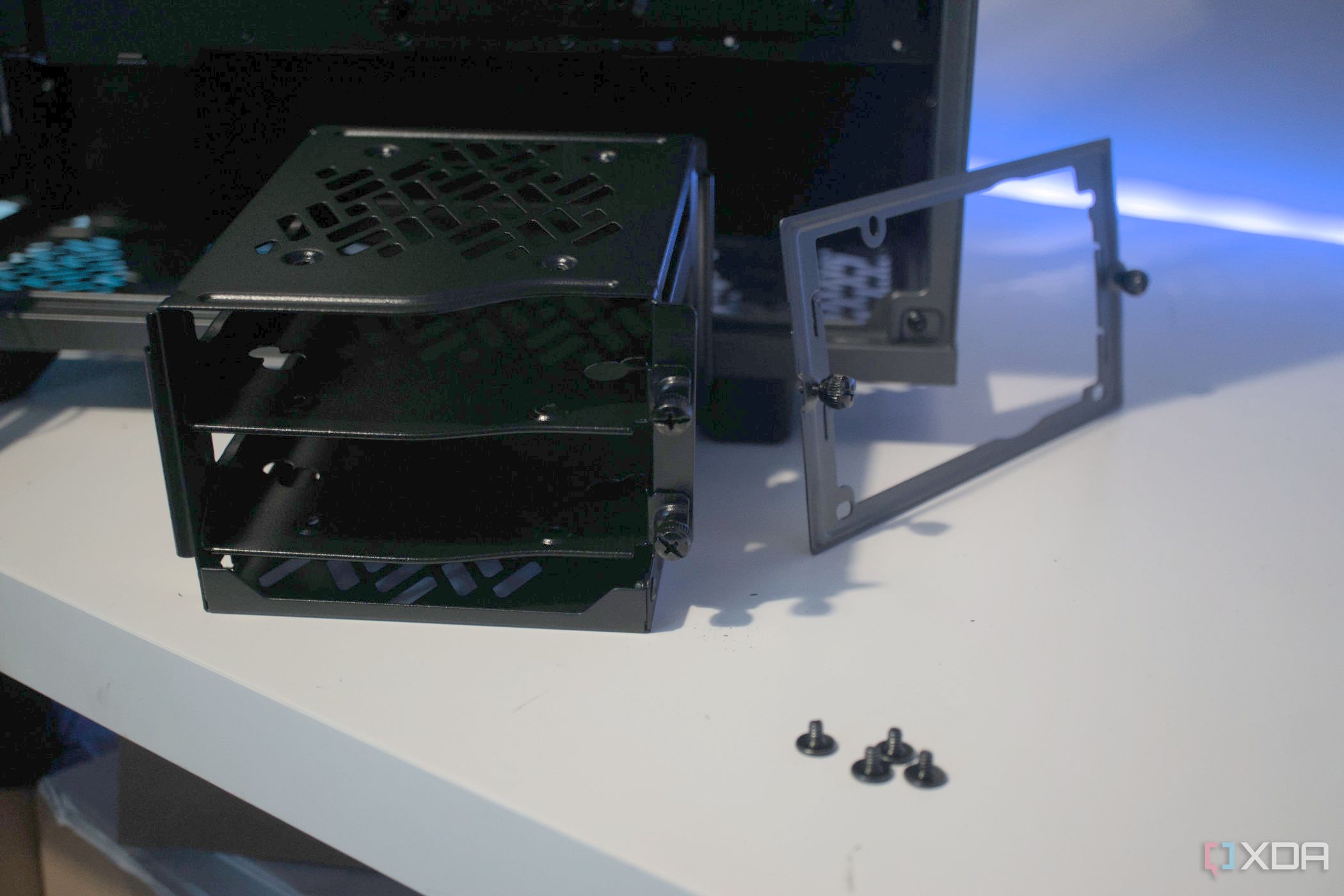
How to build your own DIY NAS
Save money and build a powerful home server.
1
It breaks the trust that made Synology successful
Users didn’t buy into a walled garden — and they’re not happy to see one being built
Part of Synology’s success has always been its reputation for openness and user control. Whether it’s the flexibility of DSM, the ability to install packages freely, or the straightforward hardware repairability, Synology has never felt like a walled garden. This new move breaks that perception.
The backlash across forums, Reddit threads, and beyond indicates that the community recognizes this for what it is — a step toward vendor lock-in. Even if the company has good intentions, like ensuring drive compatibility or improving reliability, the execution and communication have left many users feeling alienated. For small businesses or power users who’ve invested in Synology for years, this feels like a betrayal of trust.
Compatibility should empower users, not restrict them
It’s not hard to see why Synology made this move. Supporting a limited range of drives reduces technical support complexity and allows them to guarantee performance metrics with more confidence. But in trying to streamline its ecosystem, Synology is alienating the very users that built its loyal fanbase. NAS users aren’t asking for chaos — they’re asking for choice, transparency, and fair pricing.
If Synology continues down this path, it risks becoming the Apple of NAS devices — polished, controlled, and increasingly closed off. But unlike Apple, Synology doesn’t operate in a vacuum. There are plenty of competitors eager to embrace the customers left behind. And unless Synology reconsiders, that list of alternatives is going to start looking very attractive.


